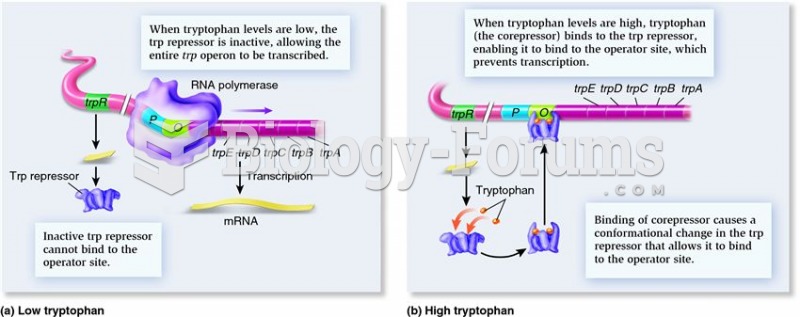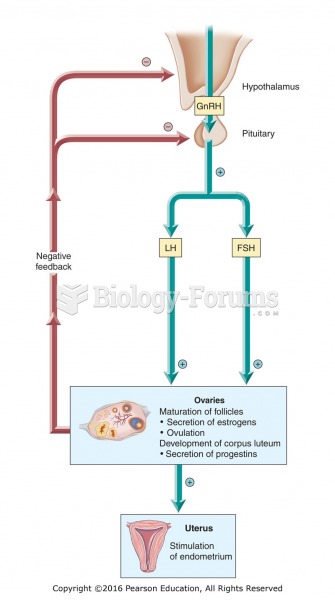This topic contains a solution. Click here to go to the answer
|
|
|
Did you know?
To prove that stomach ulcers were caused by bacteria and not by stress, a researcher consumed an entire laboratory beaker full of bacterial culture. After this, he did indeed develop stomach ulcers, and won the Nobel Prize for his discovery.
Did you know?
Earwax has antimicrobial properties that reduce the viability of bacteria and fungus in the human ear.
Did you know?
There are more bacteria in your mouth than there are people in the world.
Did you know?
The average human gut is home to perhaps 500 to 1,000 different species of bacteria.
Did you know?
People with high total cholesterol have about two times the risk for heart disease as people with ideal levels.







